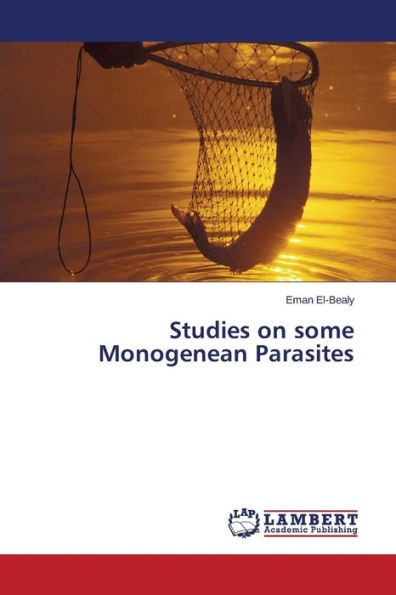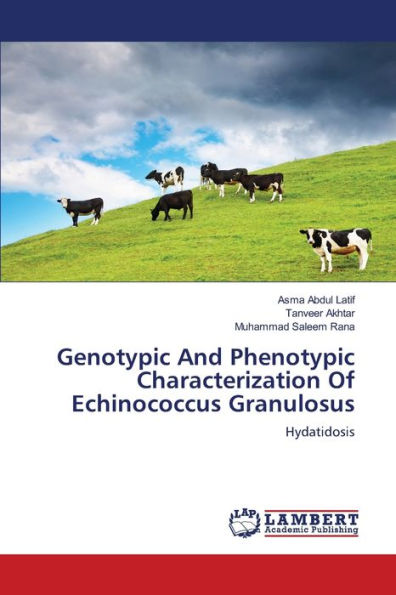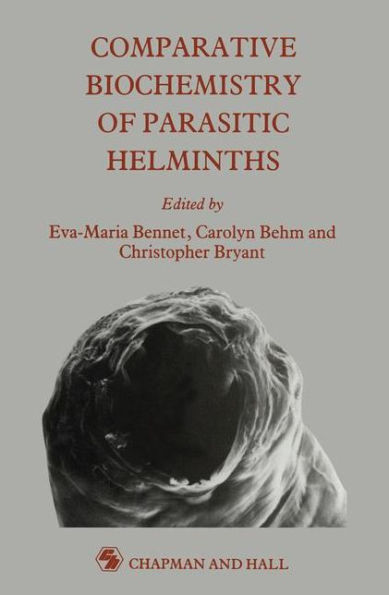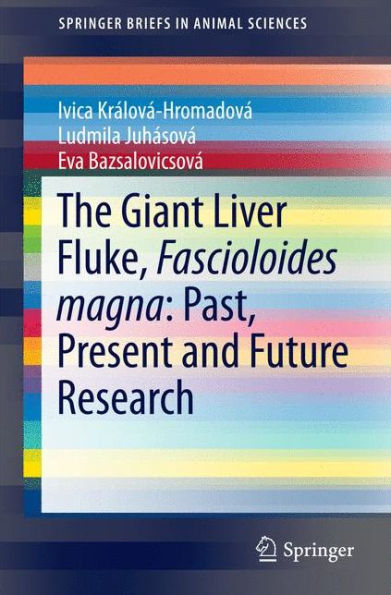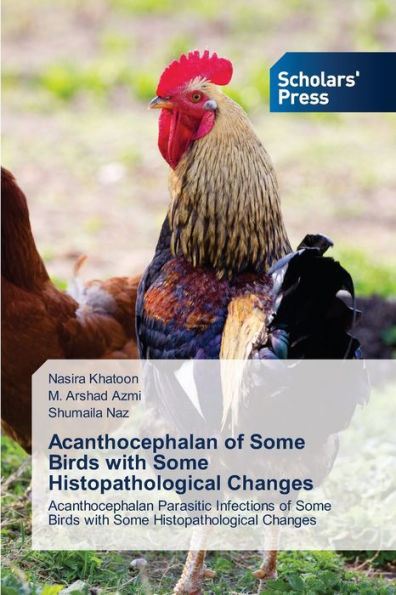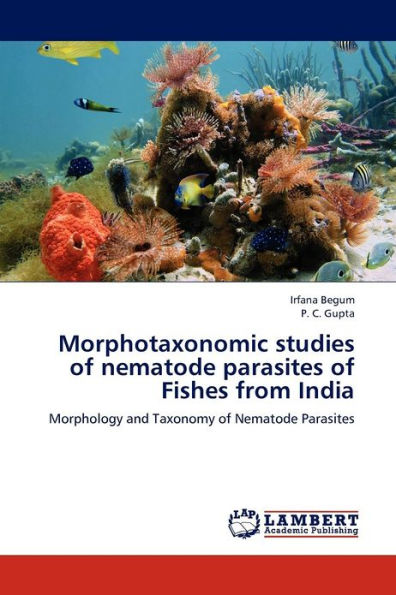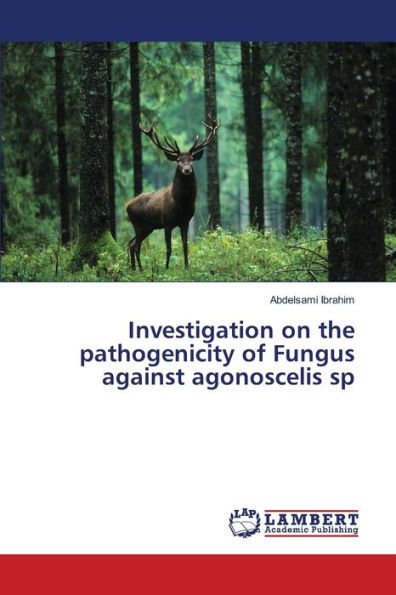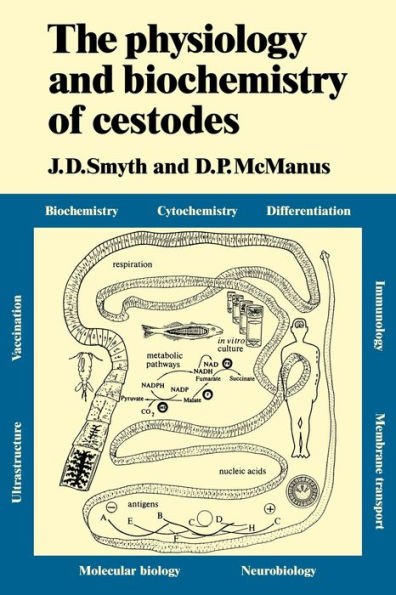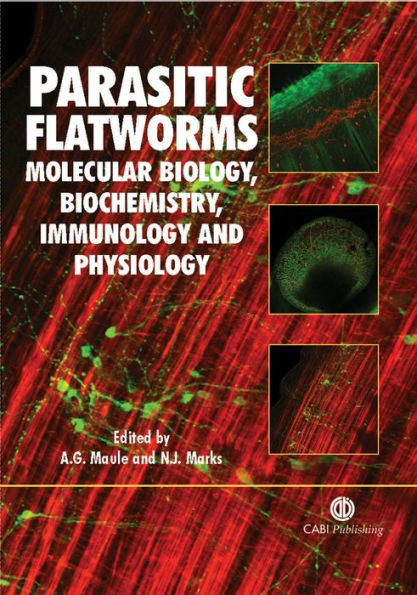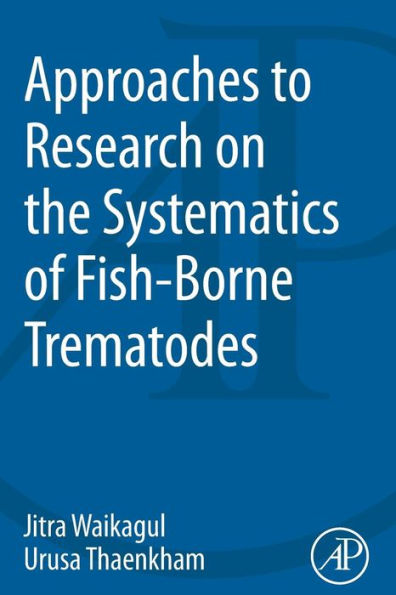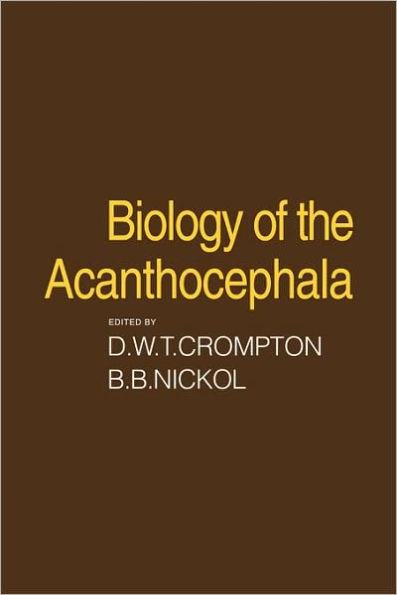Home
Histologic Examination of Host-Parasite Interactions Fundulus grandis


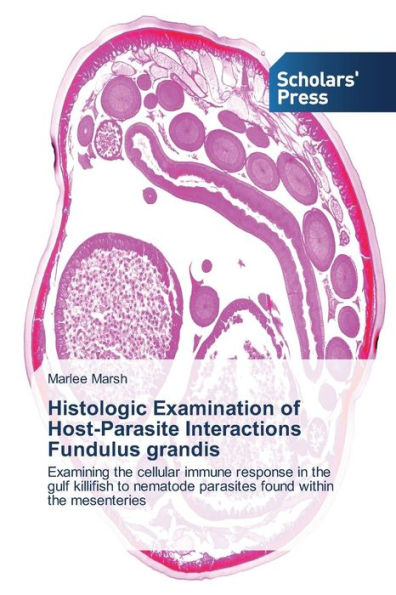
Histologic Examination of Host-Parasite Interactions Fundulus grandis
Current price: $64.69
Loading Inventory...
Size: OS
Little is known about the immunobiology of fish responses to parasitic infections. The aim of this study was to describe a model for fish-nematode interactions on the immunological front, and to develop new reagents for the study of this model. Gulf killifish, Fundulus grandis, were collected over two seasons from MS, USA, and examined for endoparasites, particularly the larval nematode Eustrongylides ignotus. A baseline study was preformed to determine the prevalence, intensity, and histologic features of E. ignotus infection in F. grandis. In addition, two monoclonal antibodies, (mAb) M24-2 and 2C11, were characterized for their use in this project, as well as for general applications in fish immunobiology. mAb M24-2 was developed and found to recognize a ~ 14.5 kD protein in serum from all fish tested, and recognizes hen egg lysozyme (HEL). mAb 2C11 was developed and determined to recognize a ~17 kD protein found in fish cell lysates, but in not plasma. It was determined that mAb 2C11 recognizes granule content of a small population of highly granulated cells, most likely eosinophilic granular cells (EGCs). Like mAb M24-2, mAb 2C11 was found to be cross reactive in other fish.
